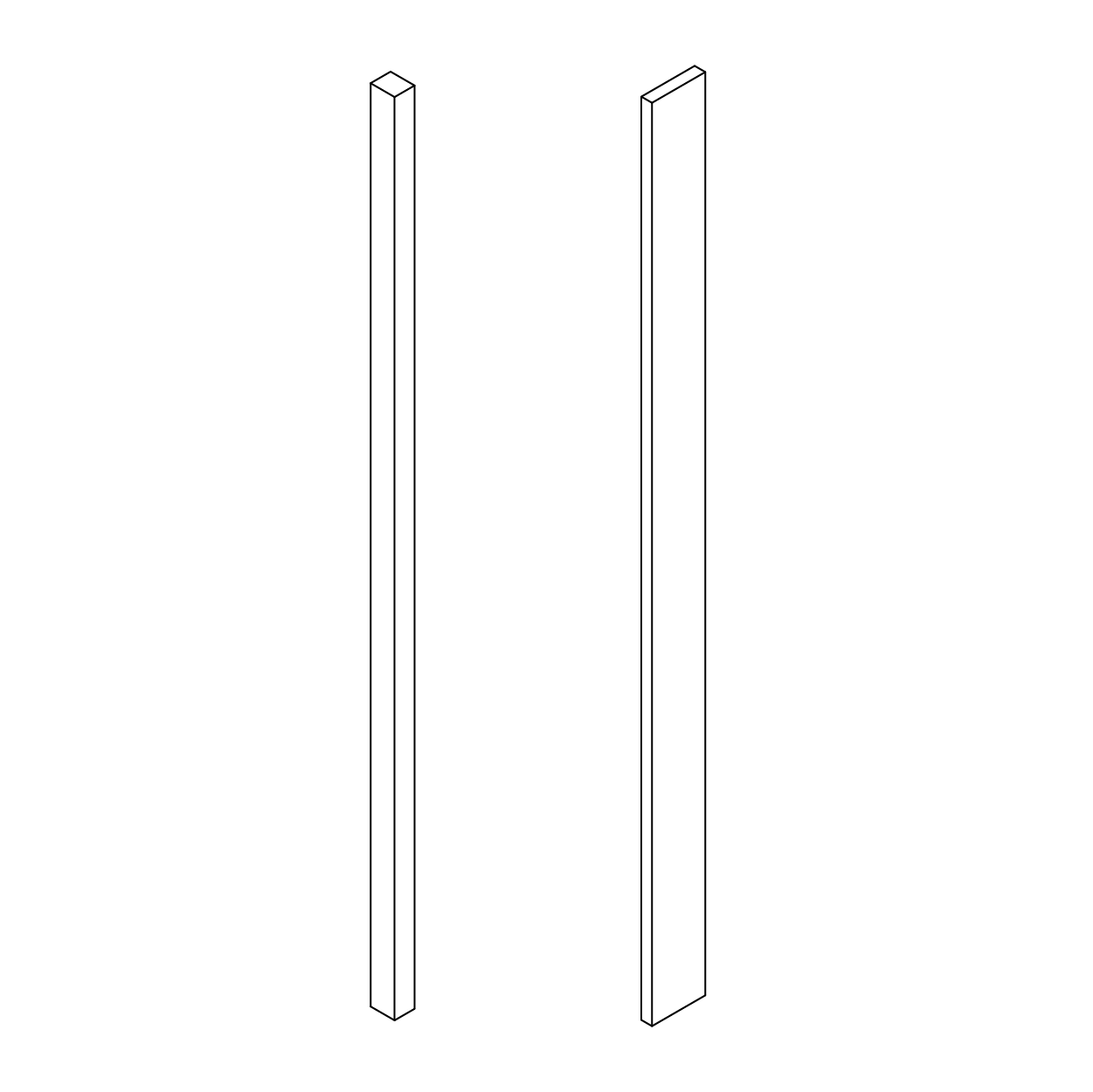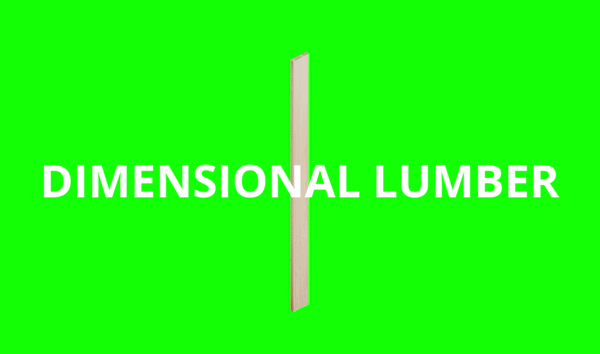PRODUCT SIZE
![]() 50x50x4000m
50x50x4000m
100x100x4000mm
GEOLOGICAL PERIOD
Holocene - Paleogene
(live forests)
Present - 56 MYA
COMPOSITION
100% cut/processed timber*
(pine, poplar, redwood, cedar, spruce)
*When treated for preservation, it contains chromium, copper and arsenic

100x100x4000mm
GEOLOGICAL PERIOD
Holocene - Paleogene
(live forests)
Present - 56 MYA
COMPOSITION
100% cut/processed timber*
(pine, poplar, redwood, cedar, spruce)
*When treated for preservation, it contains chromium, copper and arsenic
GEOLOGICAL BIO
While industrial pine tree plantations have a harvest age of 25- 40 years, wild forests can be traced back to the Devonian Period, around 400 million years ago, with the appearance of the first known large trees on earth. After the last major massive extinction in the late Cretaceous period, forests had time to evolve and spread, giving room to develop many of the hardwoods used today.
Today’s dimensional lumber is a standardized product of felled and processed hard and softwoods that are cut, dried and planed into uniform sizes for construction. In Seeing Like a State, James C. Scott remarks that state fiscal forestry turned actual trees into abstract trees representing volumes of saleable lumber or firewood. The utilitarian economics surrounding historic forest management (and its reframing of nature as resources) are echoed in the dimensionally consistent pieces of commercial lumber found on shelves around the world.
See also Plywood, OSB, and Particle Board.
EXTRACTION / MANUFACTURING PROCESS
Grow trees ︎︎︎ fell trees ︎︎︎ debark logs ︎︎︎ saw logs (use a circular saw to cut pieces into predetermined lengths) ︎︎︎ headrig (large logs) or bandsaw (small logs)︎︎︎ resaw logs (edging and trimming ︎︎︎ resaw logs to correct size ︎︎︎ sort logs ︎︎︎ season logs ︎︎︎ plane lumber into final dimensions ︎︎︎ grade stamp and band lumber ︎︎︎ pack and ship
While industrial pine tree plantations have a harvest age of 25- 40 years, wild forests can be traced back to the Devonian Period, around 400 million years ago, with the appearance of the first known large trees on earth. After the last major massive extinction in the late Cretaceous period, forests had time to evolve and spread, giving room to develop many of the hardwoods used today.
Today’s dimensional lumber is a standardized product of felled and processed hard and softwoods that are cut, dried and planed into uniform sizes for construction. In Seeing Like a State, James C. Scott remarks that state fiscal forestry turned actual trees into abstract trees representing volumes of saleable lumber or firewood. The utilitarian economics surrounding historic forest management (and its reframing of nature as resources) are echoed in the dimensionally consistent pieces of commercial lumber found on shelves around the world.
See also Plywood, OSB, and Particle Board.
EXTRACTION / MANUFACTURING PROCESS
Grow trees ︎︎︎ fell trees ︎︎︎ debark logs ︎︎︎ saw logs (use a circular saw to cut pieces into predetermined lengths) ︎︎︎ headrig (large logs) or bandsaw (small logs)︎︎︎ resaw logs (edging and trimming ︎︎︎ resaw logs to correct size ︎︎︎ sort logs ︎︎︎ season logs ︎︎︎ plane lumber into final dimensions ︎︎︎ grade stamp and band lumber ︎︎︎ pack and ship
